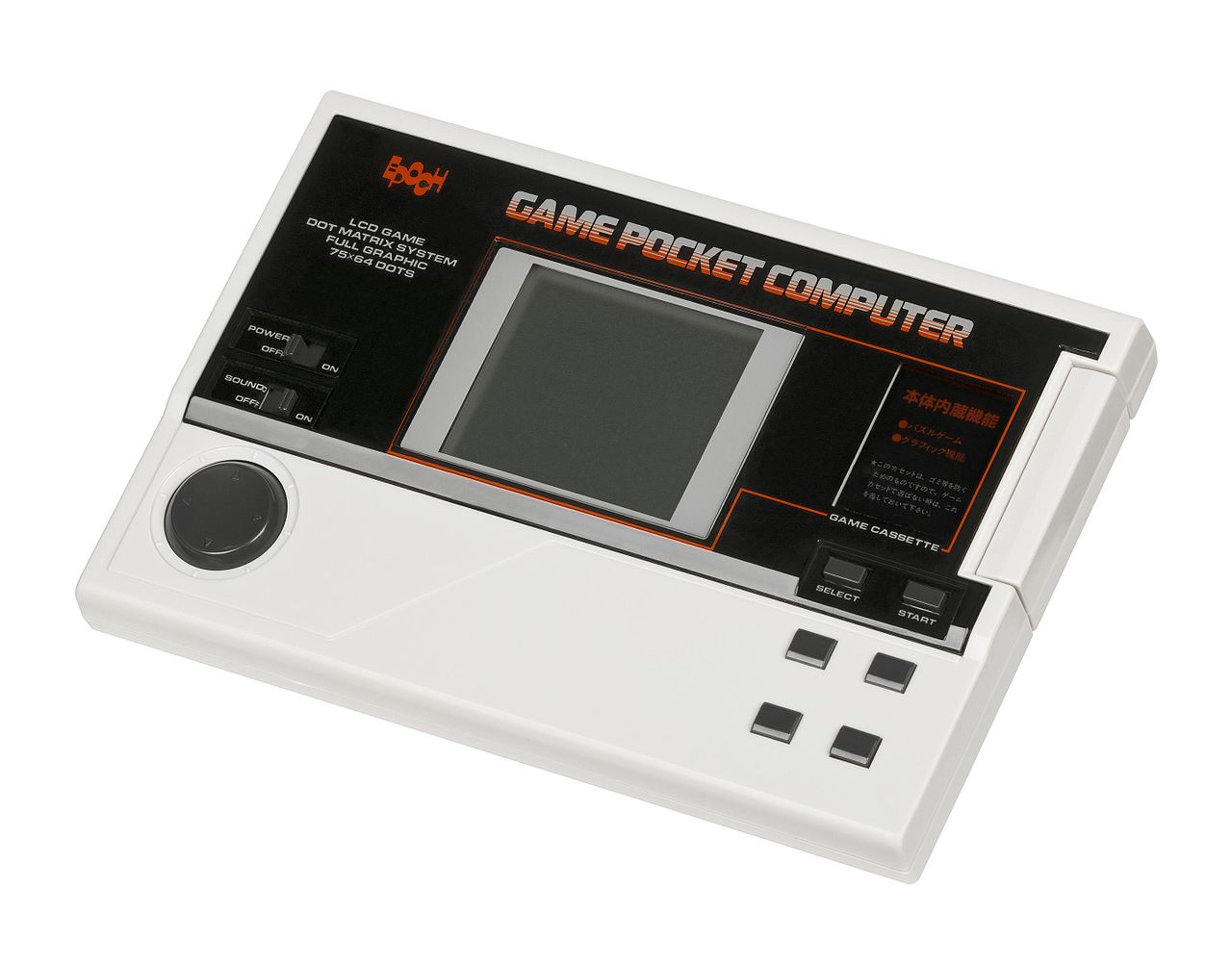|
History
The Game Pocket Computer, also known as the Pokekon in the Japanese market, is very obscure Japan-only handheld released in 1985 by Epoch.
The Pokekon is the first handheld with interchangeable cartridges to have been released in Japan. Epoch was a very successful game company in Japan at the time (see the Cassette Vision History section for more information on the company) and was the market leader for home console before the arrival of Nintendo & Sega. The company had released the successor of Cassette Vision n 1984, the Super Cassette Vision, which had a moderate success against the Famicom and the SG-1000.
During 1984, Epoch started manufacturing the Game Pocket Computer and finally release it in November 1984 along with 5 games.
Game Pocket Computer
The Pokekon was a brilliant piece of technology for the time. The only system that resembles the Game Pocket Computer at the time was the Milton Bradley Microvision released in 1977. Obviously, the technology had advanced tremendously during that time and the Epoch Handheld was superior in every aspect.
Aside from some minor drawback, Epoch had done everything right for the time. The console was able to produce graphic equivalent to the Cassette Vision (similar to the Atari 2600), offered a circular D-pad and six action buttons. The battery life was also very good with about 30h of charge. The main complains we ear nowadays is the awkward form factor, but the size is consistent with the technical limitation of the time. The only real miss opportunity is the lack of volume control as the Pokekon only have an on/off switch to control the sound.
Today’s critics also mention the available games as the downfall of the console, pointing to the high number of puzzles/board games. But puzzle/board games were very popular in Japan at the time and the rarest cartridges on the system is by far Astro Bomber, the action game, which tends to prove that the craving for more action focus game was not the downfall.
The reason for its downfall was the same for as all the cartridge-based handheld that came before Nintendo Gameboy: the market was simply not ready for cartridge-based handheld. Another problem was the size of the console. Although the name suggest otherwise, the console does not fit in a pocket. While this is not a problem at home, this is definitely an inconvenience on the go.
Technology
Like for the Cassette Vision, Epoch used a NEC CPU for the heart of its console. The Pokekon use a NEC uPD78c06 clocked at 6 Mhz with 2K of RAM and supported cartridges with either 8K or 16k of ROM. The LCD had a 75 x 64 pixel resolution and was 2-tone monochrome. The system only had 1 sound channel and used 4 AA batteries.
Games
Only 5 games were produced for the console. All games were produced internally by Epoch.
- Astro Bomber
- Block maze
- Mahjong
- Reversi
- Sokoban
Two built-in applications/games could be accessed if no cartridge were inserted:
- Slide puzzle
- Drawing tool

